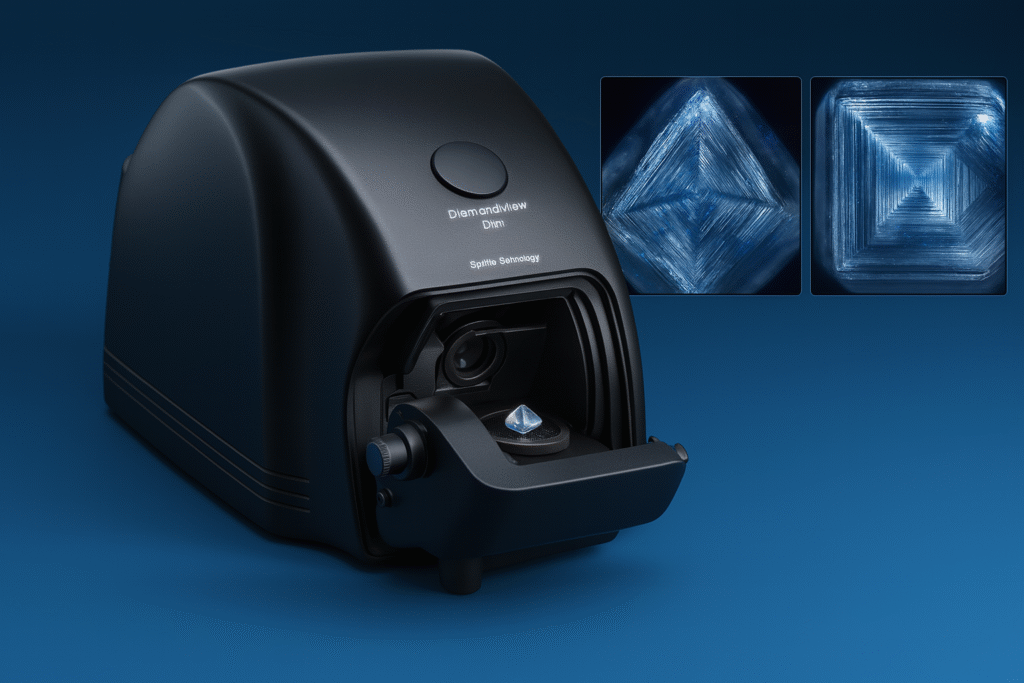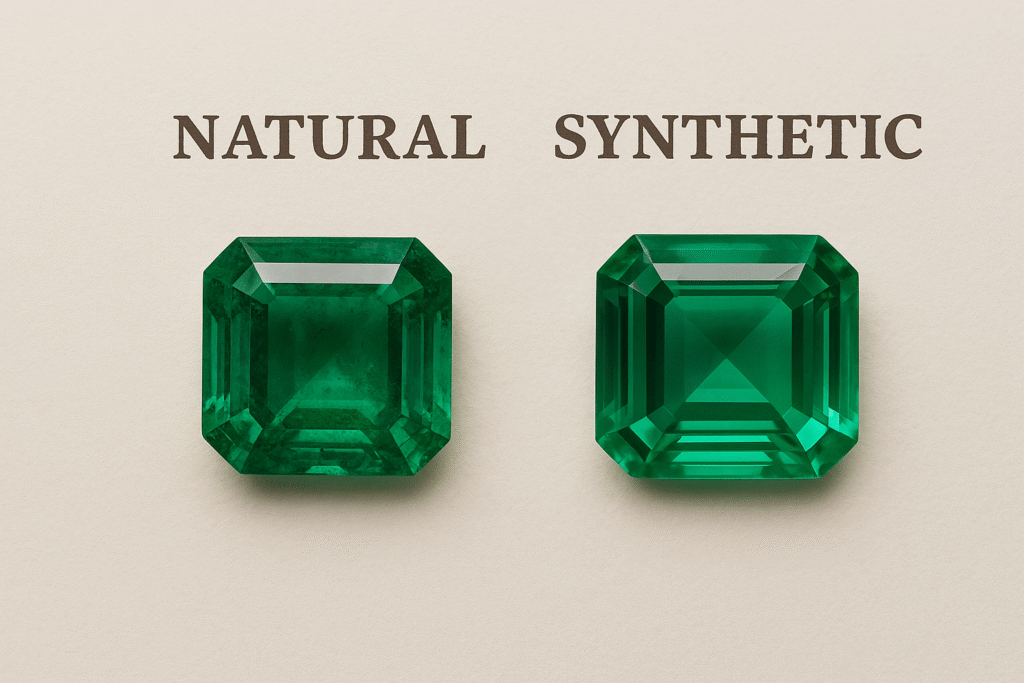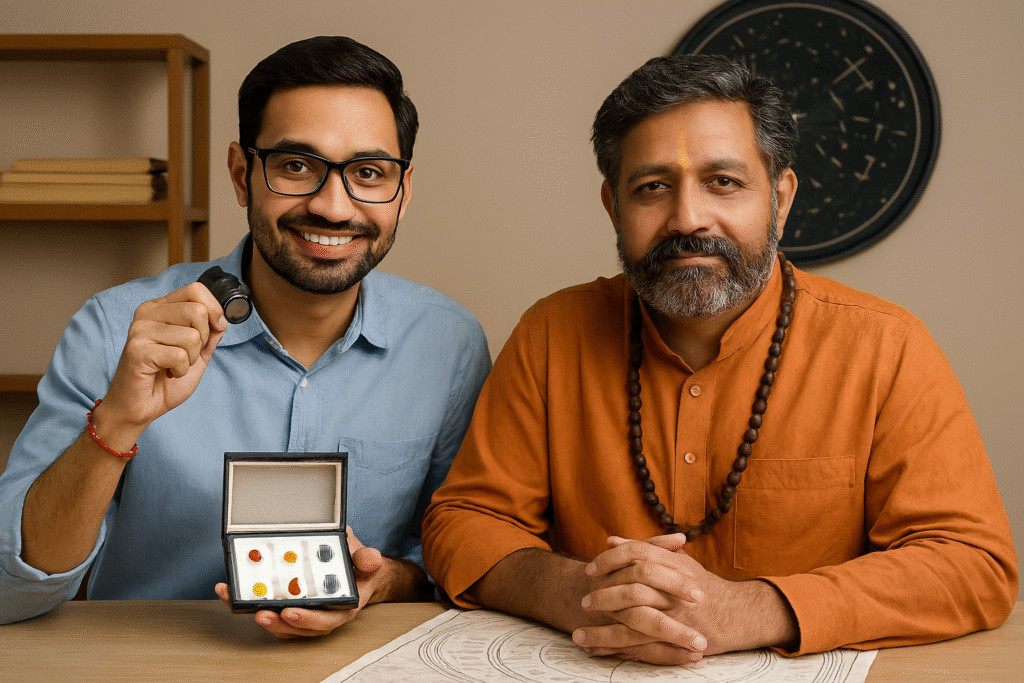Table of Contents
- Introduction
- How DiamondView Zoom Verification Works
- Who Should Use the DiamondView Verification Tool
- Benefits and Features of DiamondView Verification
- FAQs About DiamondView Zoom Verification
Introduction
DiamondView Zoom verification is the most reliable method by De Beers to determine whether a diamond is natural or laboratory grown. Using shortwave ultraviolet light, this device captures fluorescence patterns on the diamond surface, showing if a diamond is natural or a CVD/HPHT lab-grown diamond. Research confirms 0% false positives for natural diamonds. Wholesale dealers, gemological laboratories, and jewelry businesses rely on DiamondView Zoom verification for fast, accurate diamond authenticity testing.
How the DiamondView™ Zoom Verification Works
- Illuminate the diamond with shortwave UV light.
- Fluorescence patterns are captured using an UltraXGA USB 3.0 camera.
- Software highlights growth features to determine origin: natural, CVD, or HPHT lab-grown.
- Works on diamonds from 0.01–10 carats, including colorless and fancy-colored stones.
- Provides quick and conclusive analysis, suitable for high-volume testing.
See also: Natural Diamond Council
Who Should Use This Diamond Verification Tool
- Wholesale dealers of loose diamonds
- Gemological and research laboratories
- Retailers verifying diamonds flagged by screening devices
- Jewelry businesses testing simple mounted pieces such as rings or earrings
Further reading: Gold Buying Checklist for Malayalis
Benefits and Features of DiamondView Verification
- Accurate verification of natural vs lab-grown diamonds
- Detects CVD and HPHT lab-grown diamonds
- Works on all diamond colors and cuts
- NDC Assure certified with 0% false positives
- Optional user training available
- 1-year parts and service warranty
- Replaceable emission filters highlight growth features
- Suitable for both loose diamonds and simple jewelry
FAQs About About DiamondView Zoom Verification
Q1: Can mounted jewelry be tested?
Yes, simple rings and earrings can be verified.
Q2: What size range does it cover?
From 0.01 to 10 carats, covering melee to large diamonds.
Q3: Who benefits most from this tool?
Wholesale traders, gem labs, and retailers verifying diamond authenticity.
Introduction
This Responsible Travel FAQ provides comprehensive answers to help you make ethical tourism choices.
Our guide covers eco-friendly accommodations, local community support, sustainable transportation, cultural respect, wildlife ethics, and ways to reduce waste.
Following these practices ensures your adventures benefit both destinations and travelers.
What is Responsible Travel and Why Does It Matter?
Responsible travel means making conscious choices that minimize negative impact while maximizing benefits for local communities and the environment.
Tourism generates $1.4 trillion annually but produces 8% of global carbon emissions.
Your travel decisions affect local economies, cultural preservation, and environmental conservation.
How Do I Choose Sustainable Accommodations?
Look for eco-certifications such as:
- Green Key
- LEED building standards
- EarthCheck approval
- Rainforest Alliance verification
Check if hotels use renewable energy, water-saving systems, and source food locally.
Ask about waste reduction programs and community involvement. Calling properties directly helps verify claims.
Transportation Options for Responsible Travel
- Train travel emits 80% less carbon than flying for similar distances.
- Choose direct flights when necessary and book economy class.
- Use public transport, bicycles, or walk instead of renting cars.
- Consider verified carbon offsets for unavoidable flights.
Supporting Local Economies
- Buy from locally-owned businesses instead of chains.
- Book community-based tours with local guides.
- Eat at family-owned restaurants with local ingredients.
- Stay in homestays or boutique hotels rather than international chains.
- Purchase authentic handicrafts fairly from artisans.
Packing Tips for Responsible Travel
- Reusable water bottle with filtration
- Solid toiletries to reduce plastic
- Reef-safe mineral sunscreen
- Reusable shopping bags
- Bamboo or metal utensils
- Portable laundry soap
Pack light and choose durable, multipurpose items.
Respecting Local Cultures
- Learn cultural customs, dress codes, and etiquette.
- Learn basic local phrases.
- Dress appropriately for religious and conservative areas.
- Ask permission before photographing people.
- Participate respectfully in cultural activities.
Ethical Wildlife Encounters
- Maintain safe distances and avoid feeding animals.
- Choose conservation-focused sanctuaries, not entertainment attractions.
- Avoid elephant rides, direct contact, or photo opportunities with captive animals.
- Use certified naturalist guides who prioritize welfare and habitat protection.
Reducing Waste During Travel
- Use reusable containers, bags, and utensils.
- Refuse single-use plastics.
- Choose digital tickets and receipts.
- Carry a small trash bag where disposal is limited.
Questions to Ask Tour Operators
- Are staff local and fairly paid?
- How does your business give back to communities?
- What environmental practices are in place?
- Are group sizes limited to reduce pressure on sensitive areas?
- Are wildlife experiences ethical and conservation-focused?
Money and Overtourism Practices
- Use local ATMs and tip according to local customs.
- Support social enterprises and cooperatives.
- Visit during shoulder seasons, off-peak hours, or lesser-known areas.
- Stay longer in fewer destinations.
Responsible Travel on a Budget
- Cook using local market ingredients.
- Use public transportation.
- Stay in local hostels, guesthouses, or homestays.
- Explore free cultural events or walking tours.
- Exchange skills or volunteer for free accommodation.
Pre-Travel Research
- Learn about environmental challenges and cultural sensitivities.
- Check seasonal weather and political situations.
- Identify local organizations to support.
- Read destination-specific responsible travel guides.
Creating a Positive Impact Post-Travel
- Share authentic stories on social media.
- Write detailed reviews for responsible businesses.
- Continue supporting local organizations.
- Apply sustainable practices in daily life.
- Recommend responsible travel to others.
Learn more:
- Family Fun Magnify glass: Not suitable for professional serious biologists. This electronic microscope is a very interes…
- Mini Magnifier Microscope: 2 million pixels, 1080P HD picture quality for smartphone, 720P for computer, The built-in 8 …
- Wifi & USB Function: App Provided. This cell phone microscope can not only connect to your smartphone via wifi function …




